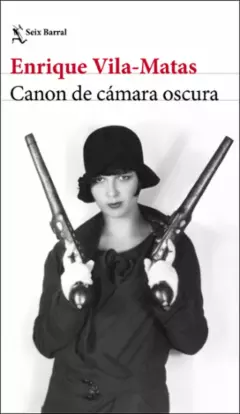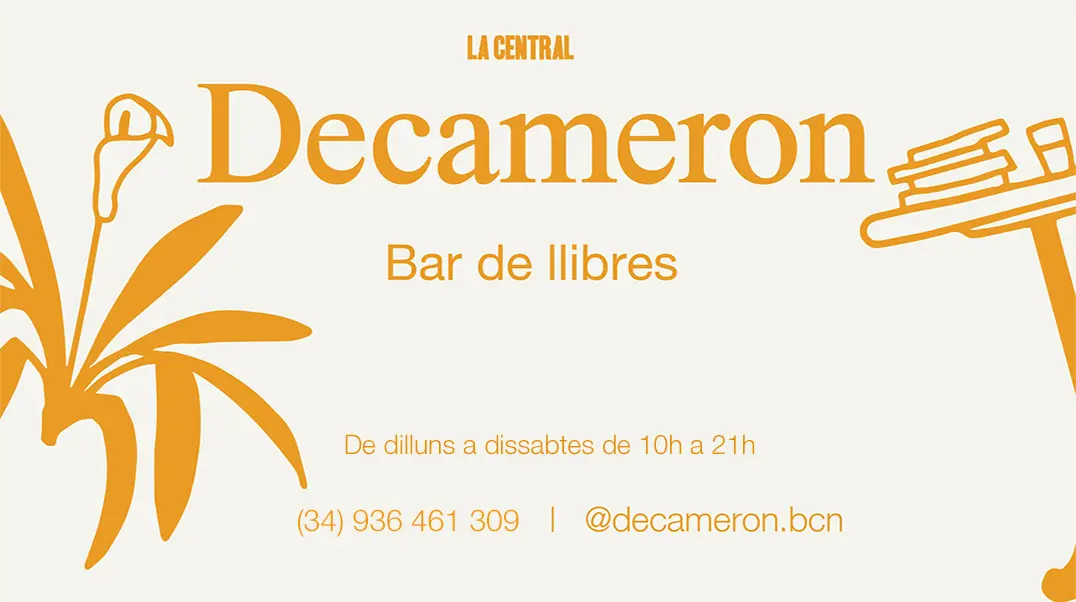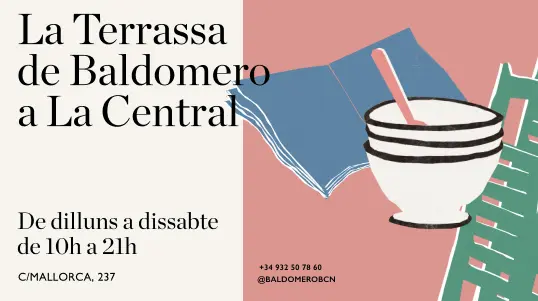Mistery and Glitter. Pastels in the Musée d´Orsay

Mistery and Glitter. Pastels in the Musée d´Orsay
Sense existències ara
Rep-lo a casa en una setmana per Missatger o Eco Enviament*The Musée d´Orsay houses several hundred pastels produced between 1850 and 1914. Among them are several masterpieces by the greatest pastellists of the period: Millet, Manet, Degas, Redon and Lévy-Dhurmer.
The 19th century was the time of renaissance and constant revolution in the history of the pastel. Whereas the generations which followed Quentin de la Tour (1704-1788) for the most part turned away from this medium and its suspect charms, the Romantics and the first Realists took it up again. About 1850, pastel painting came back into its own. From the sketches by Millet and Puvis de Chavannes to the voluptuous women of Aman-Jean and Paul Helleu, observers of Proust´s world, pastel went from success to success.
Degas and Manet found they could achieve perfect unity between subject and medium, while Redon adapted the technique to render his subjects radiant, and thus more mysterious. So, with pastel came the fusion of drawing and pure colour, of form and its dissolution, of the image and its infinite vibration.















